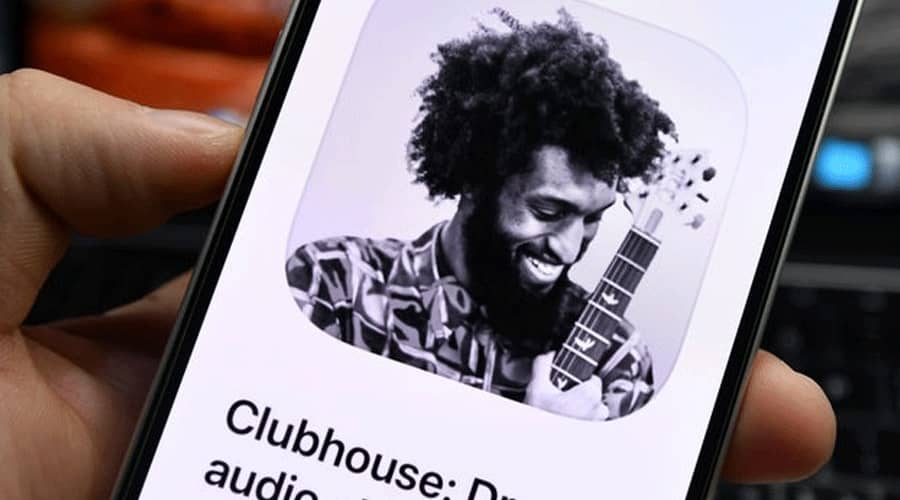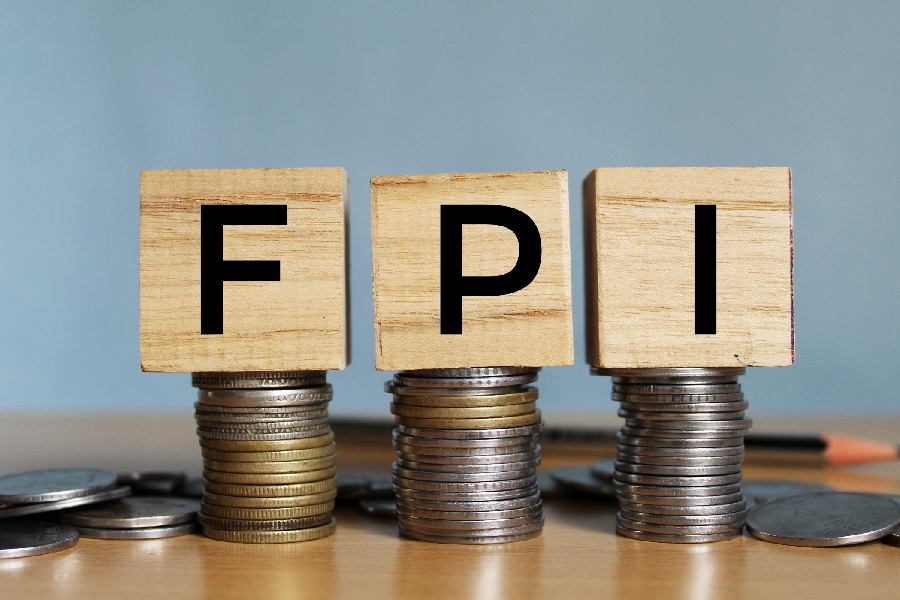Maybe you’ve heard your spouse/partner/teenager/parent/friend speaking animatedly on their phone to what seems to be a room full of invisible people who are also talking nineteen-to-the-dozen. What you’re eavesdropping on is Clubhouse, a name you may have heard being bandied about lately because its number of users has exploded since it made its debut in India.
The buzz around Clubhouse got even louder ever since it got its Android release, giving it a much wider reach, after being available only on IOS).
For those new to Clubhouse, think of it as a pop-up podcast in which you get to participate live. “Public speaking is new for me. If you tell me to speak in front of a crowd, it’s very difficult. But through Clubhouse, I’ve managed to push myself to do that, to interact with people I don’t know,” says Mumbai content creator Leander Dias.
The Clubhouse concept and its uses keep morphing as it’s a very young social network app: just 16 months old. For instance, Indian recruiters have started using the platform to hire staff and career coaches are holding sessions to advise job-seekers. Uniquely in this age of video, Clubhouse is audio-only so its currency is ideas and conversation, not looks. Another way it sets itself apart from other social media apps is that instead of simply signing, as you would for Facebook or Twitter, you’ve got to be invited by someone who’s already a “member.”
Clubhouse was launched in the US in March 2020 by two San Francisco tech entrepreneurs, Paul Davison and Rohan Seth who conceived it as a place to meet with friends and new people from around the world to have unfiltered conversations on endless different topics -- whatever is essentially on people’s minds. The app had the exceptional good fortune to be a pandemic baby. It started up just when Covid-19 was spreading around the globe and local and national lockdowns were being imposed worldwide. It was a perfect time for Clubhouse to open its virtual doors to people socially starved for interaction.
A massive party
So how does Clubhouse work? The premise is straightforward. Imagine a massive party in a mansion with multiple rooms. Each room has people milling in and out, except it’s all happening virtually. In these rooms, you can meet not only your friends but celebrities like Karan Johar, Sonam Kapoor, Javed Akhtar and Sara Ali Khan.
Being an invite-only party, though, if you’re not a member, you have to wait until someone sends an invitation to your mobile number. Once you get that coveted message, you can enter and create a profile. If you don’t have an invite, you can join a waitlist and if you’re on a member’s contact list, they can let you in.
To get you launched in navigating the mansion full of chatrooms, Clubhouse asks newcomers to pick some interests and then suggests people you can follow. At any given time, multiple discussions are covering a wide range of topics, from politics to music (there are also karaoke rooms), spirituality to people sharing their mental health journeys.
And if you can’t find a room that matches your interest, you can create a chatroom and then people have the option of joining the room if the topic or the people interest them. You can chime in if the moderators of the chatroom accept your request. Clubhouse gives space to people who are both extroverts and introverts, and also those who are a mix of both. You can speak, you can listen, and you can do both depending on your comfort level. It also can be a kind of town hall for free-wheeling big idea discussions. The upper limit for a “room” is 5,000 participants. Essentially, Clubhouse banks on a minimalist concept: it offers no messaging features or no options to post. Rather, it’s a bare-bones service that offers simultaneous large conference calls.
Oprah and Elon Musk
During its early days when it was just quarantined Silicon Valley-types and celebrities like Oprah Winfrey and Tesla chief executive Elon Musk verbally mingling, it was so exclusive invitations were being sold on e-Bay for up to $20,000, according to The New York Times. Now, as the membership has been growing, so inevitably has the number of invitations.
One of the reasons there’s been so much chatter lately about Clubhouse is the global release of the Android version on May 21. Clubhouse, in its IOS avatar, had already seen large downloads worldwide. But with the Android release, a lot more people are joining. (Some might say snootily that Clubhouse’s availability on Android has taken away from the app’s aura of exclusivity
But be that as it may, cumulative global downloads now stand at 25.5 million (up from 700,000 last November). India now makes up 5.7 million, making it the platform’s number one foreign country. (Of course, Clubhouse is still a minnow compared to Facebook’s 2.6 billion users of which 290 million are in India). Clubhouse’s valuation has vaulted to $4 billion from $100 million a year ago.
The slow-cooker method
Indian users say Clubhouse has been a welcome addition to the social media assemblage. Says content creator Dias: “The app’s been a great platform to have fun conversations and learn and share different perspectives.” Some, though, don’t like the invitation-only aspect but the makers Davison and Seth say that’s temporary as the app is still in the beta development phase and isn’t ready for general release yet. Also, as they say in a blog post: “It’s important to grow communities slowly, rather than ten-timing the user-base overnight.” The slow-cooker method allows them to “tune the product as it grows,” they say.
Others worry the app can become too addictive. Some users are spending 40 hours a week and longer in the audio chat rooms. Student Amita Singh says sometimes when she’s not on the app, there’s “FOMO” (fear of missing out) and a need to be present in that space, whatever it is.” Plus, there are privacy concerns with regards to possible impersonations because anyone can choose any name and put any picture, but similar concerns exist with other social media apps. “I can very easily change my profile picture and name and pretend to be someone I am not and talk any kind of nonsense on the Internet,” notes psychology student Manpreet Ahluwalia, though the moderator of a chatroom can boot out people behaving badly.
The lack of any formal content oversight means QAnon adherents and other people with extremist views can use the app and in countries with authoritarian governments, Clubhouse’s freewheeling discussions are eyed with suspicion. It was no surprise when China in February blocked the app following uncensored conversations on sensitive issues. In India, there’s a problem emerging with extremist religious content. Davison and Seth say they’re working on in-app safety features to deal with “bad actors” on the platform and create more detailed community guidelines
‘Pre-revenue’ phase
At the moment, Clubhouse doesn’t make money itself -- it’s in what’s called the “pre-revenue phase” of its development. But they have introduced a feature where you can send money to your favourite creators. Clubhouse is hoping for big things from the Indian market and just expanded its global Clubhouse Creator First program to India. Successful applications will offer creators tools and resources that could include a monthly stipend to create platform content. “We’re so excited to see what creators from across India will bring to the table,” says Aarthi Ramamurthy, head of International Clubhouse.
It’s tough to figure whether Clubhouse will become a giant amid the plethora of social media apps already out there but many think it has the potential to thrive. Users say the beauty of Clubhouse is the lack of pressure. It’s designed in a way that lets you socialise on your terms. The focus on audio is another differentiator. You don’t show your face so there’s no pressure about dressing up. It’s simple and uncomplicated -- just join in whenever you feel like it and leave whenever you’re bored.
At the moment, of course, the pandemic and the necessary social isolation and Clubhouse are a match made in heaven. With everyone separated from their friends, the app simulates being in a noisy room with 20 friends. For instance, I started using Clubhouse in lockdown and to be honest: it made me absolutely forget wanting to meet people in real life. It mimics an actual social situation. Personally, I’d love it to keep going because it’s given me an easy and seamless way of staying in touch with large numbers of friends without having to have long, one-to-one conversations.
A concept with a future
If one judges by the list of imitators, all the big social media players believe the Clubhouse concept has a future. Twitter’s just started its group audio product Spaces. Facebook has hosted its first Live Rooms, and Spotify has launched a live audio app Greenroom to compete with Clubhouse. Reddit is also planning a similar product. What could make India such a rich market for such platforms is our inherently social nature and propensity to talk, plus, of course, our 1.4 billion population.
With all the rival audio platforms launching, the biggest problem ahead for Clubhouse may be audience fragmentation. Only those platforms which can attract the best hosts and the biggest number of listeners/participants may be looking at a long-term future. So watch this audio platform space: the competition could get fierce.
Alexander Balakrishnan writes on social media and other topics. Instagram @AlexanderBalakrishnan











